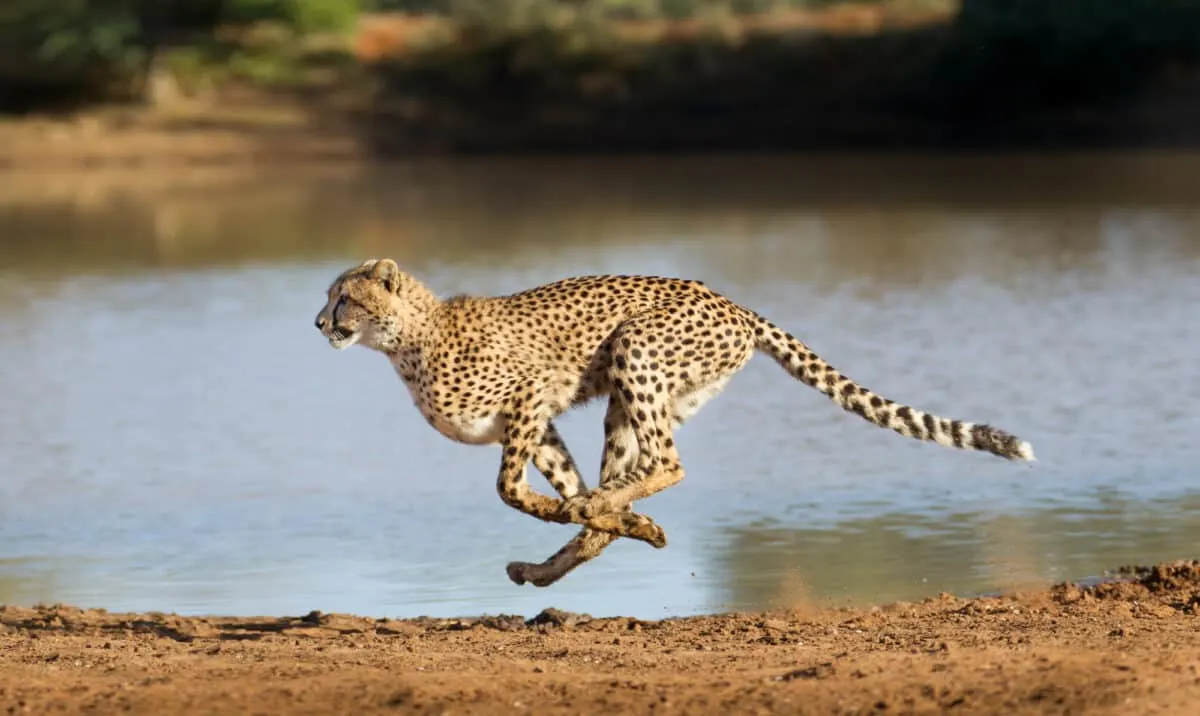Are you fascinated by big cats? Do you ever wonder which of these majestic beasts reigns supreme? Well, you are not alone if you’re debating between two well-known big varieties—the Bengal tiger and the cheetah. It’s a compelling topic for many wildlife enthusiasts, and in this article, we’ll explore exactly why these two cats have become essential players in our global ecosystem.
Whether it’s their unique hunting abilities or physical traits, there is no doubt that both the Bengal Tiger and Cheetah hold an important place in nature today. Let’s dive into the differences between these iconic animals!
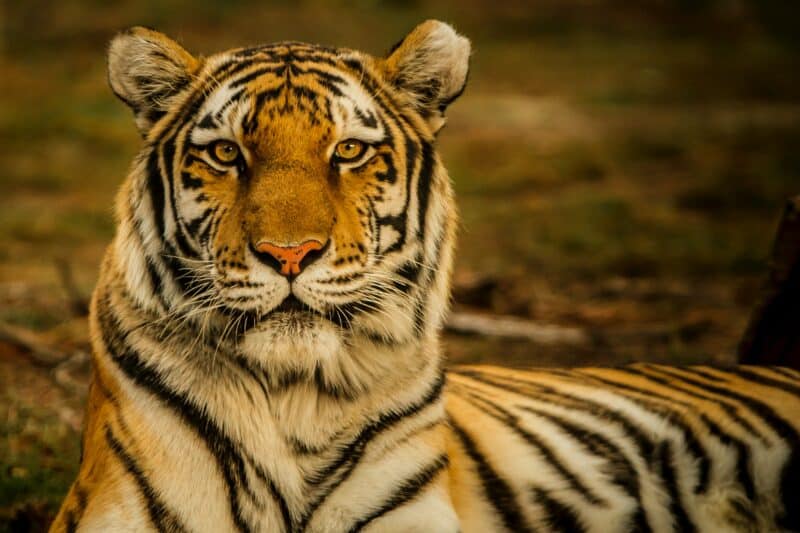
Key Points
| Both are potent predators with a deadly combination of strength, speed, and agility. |
| Cheetahs are much faster than tigers. Cheetahs are the fastest land animals on the planet and can reach a top speed of around 70 miles per hour. |
| Tigers are more adept at stalking and approaching their prey stealthily before launching a surprise attack. |
| Tigers are more adept at stalking and approaching their prey stealthily before launching a surprise attack |
| Tigers are solitary hunters, while cheetahs often hunt in groups. Tigers prefer to hunt at night and are skilled at climbing trees and swimming in water bodies to ambush prey. On the other hand, cheetahs hunt during the daytime and work together to chase their game down. |
Want to jump ahead? Click below
Comparison Table
| Bengal Tiger | Cheetah | |
|---|---|---|
| Weight | An adult male Bengal tiger can weigh up to 500 pounds | a cheetah typically weighs between 80-140 pounds |
| Hunting Techniques | Tigers are ambush predators, relying on their strength and stealth to take down prey such as deer and wild boar. | Conversely, cheetahs are sprinters and rely on outrunning their prey, particularly gazelles and other small antelopes. |
| Habitat | Bengal tigers are native to India, Nepal, Bhutan, and Bangladesh | Cheetahs are found in much of Africa and a few areas in the Middle East. |
| Speed | Bengal tigers, on the other hand, are ambush predators that rely on their strength and stealth to take down much larger prey, like deer, wild pigs, and water buffalo. | Cheetahs are known for their incredible speed, reaching up to 75 miles per hour in short bursts. |
Overview Of The Difference Between Bengal Tigers And Cheetahs

a. Physical Characteristics
Bengal tigers and cheetahs may both be carnivorous felines, but their physical characteristics are what set them apart from each other. Bengal tigers, for example, can weigh up to 500 pounds and stretch up to 10 feet long, while cheetahs are much leaner and quicker, weighing around 80-140 pounds and measuring about 4-5 feet in length.
Cheetahs are known for their distinctive black spots on yellow fur, while Bengal tigers are orange with black stripes. Additionally, cheetahs have a slender frame built for speed, capable of running up to 70 mph in short bursts. At the same time, Bengal tigers are more muscular and powerful, designed for wrestling and taking down big prey.
Understanding the physical differences between these two big cats can help identify which is which, ultimately allowing for a greater appreciation of their unique beauty and survival adaptations.
b. Hunting Behavior
Regarding hunting behavior, Bengal tigers and cheetahs couldn’t be more different. While both are carnivorous and hunt for their meals, Bengal tigers are opportunistic hunters that employ ambush tactics to catch their prey. They use their stealth and strength to pounce on unsuspecting animals like deer, wild pigs, and even small elephants.
Cheetahs, on the other hand, are sprinters. They’re the fastest land animals on the planet, capable of reaching up to 70 miles per hour in seconds. They use their rate to chase down their prey, usually smaller and faster animals like gazelles and hares.
Despite their differing hunting styles, both Bengal tigers and cheetahs are apex predators in their respective habitats and play important roles in maintaining the delicate balance of their ecosystems.
To Know More About Bengal Tiger, Checkout: Bengal Tiger
c. Life Span And Social Habits
Regarding Bengal tigers and cheetahs, one of the most notable differences is their life span and social habits. Bengal tigers, for example, have been known to live up to 16 years in the wild, while cheetahs typically have a lifespan of around 10 years.
Additionally, Bengal tigers tend to be more solitary creatures, while cheetahs are known for their social nature and often live in groups. Understanding the differences between these two magnificent animals is important in appreciating the unique qualities that each species brings to our planet.
Whether you’re a fan of big cats or simply interested in learning more about the animal kingdom, exploring the contrast between Bengal tigers and cheetahs is a fascinating journey of discovery.
The Differences In Their Locations
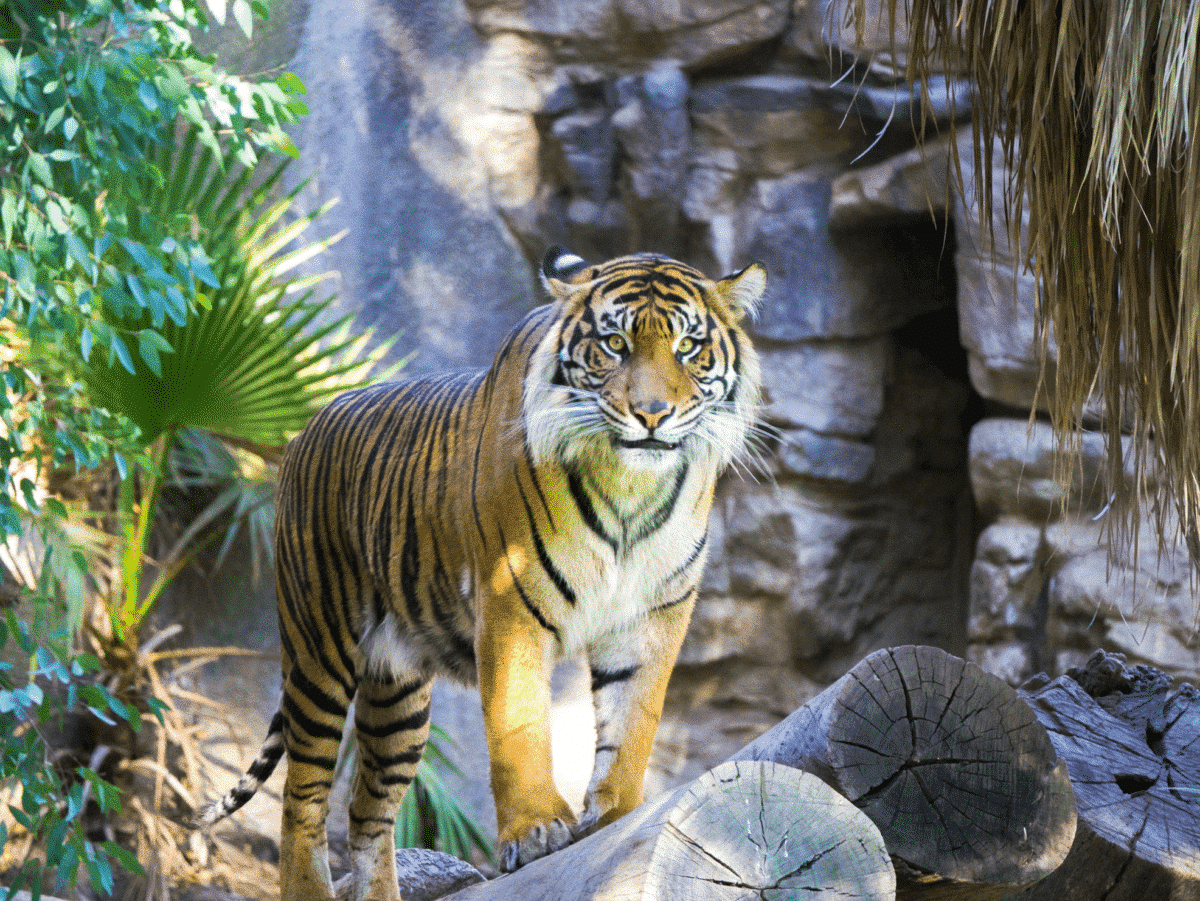
a. Where Bengal Tigers Live
Bengal tigers and cheetahs are two of the world’s most fascinating big cats. When it comes to their locations, these majestic animals live in different parts of the world. As the name suggests, Bengal tigers are found primarily in the Indian subcontinent.
These incredible creatures roam the dense forests and grasslands of Bangladesh, Bhutan, India, and Nepal. This region is known for its hot and humid weather, perfect for the tigers to thrive.
On the other hand, cheetahs are more commonly found in Africa, particularly in the Serengeti and Maasai Mara regions. Known for their incredible speed, these cats are often seen sprinting across the savanna. While they may have different homes, Bengals and cheetahs are magnificent creatures that deserve our awe and admiration.
b. Where Cheetahs Live
Bengal tigers and cheetahs may be big cats, but they differ significantly. One of the main distinctions is where they live. While Bengal tigers can be found in various environments, including forests, grasslands, and wetlands, cheetahs stick to specific regions.
These speedy felines primarily reside in the grassy savannas of Africa, where they can take advantage of their incredible sprinting abilities to catch prey. So, while both cats are carnivorous and fiercely beautiful, their homes are quite different. It may be one reason they have evolved such unique characteristics and behaviors over time.
How These Animals Complement Each Other In The Ecosystem
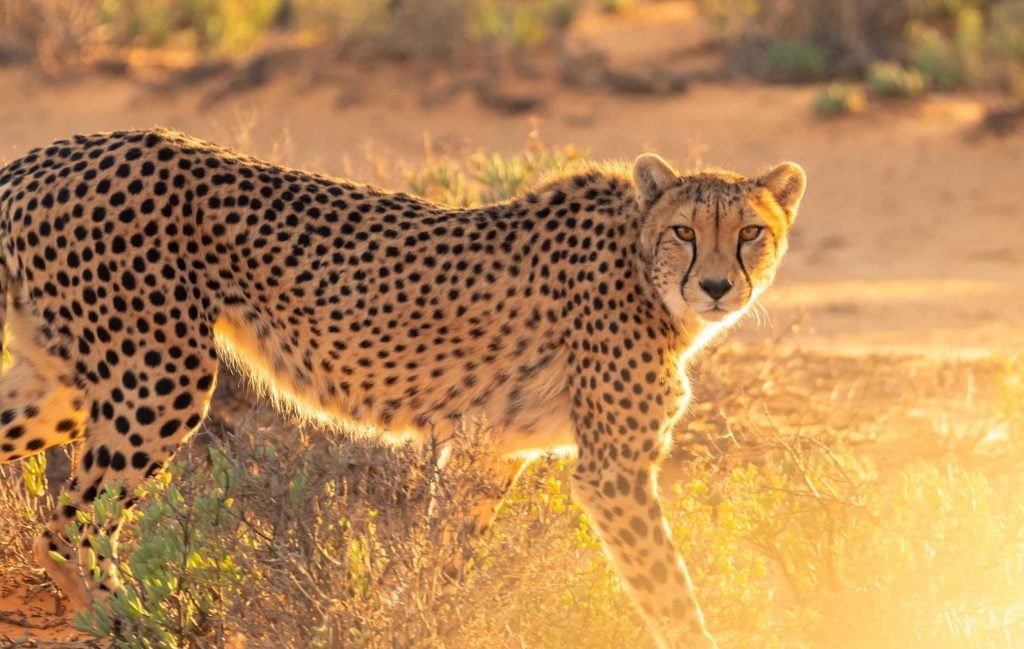
Bengal tigers and cheetahs are two of the most fascinating creatures in the animal kingdom. However, while both species are known for their incredible strength and agility, their physical traits, lifestyle, and habitat couldn’t be more different.
Also, the Bengal tigers are found in the dense forests of India, Bangladesh, and Nepal, while cheetahs roam the open grasslands of Africa. Although tigers and cheetahs don’t directly interact with each other in the wild, both animals play an important role in maintaining the balance of the ecosystem.
As significant, powerful predators, tigers and cheetahs help keep the populations of their prey in check, thus preventing overgrazing and preserving their habitats. Whether you’re a wildlife enthusiast or simply curious about the natural world, understanding the difference between these two animals and their relationship with each other can help you appreciate the diversity and complexity of life on our planet.
Frequently Asked Questions
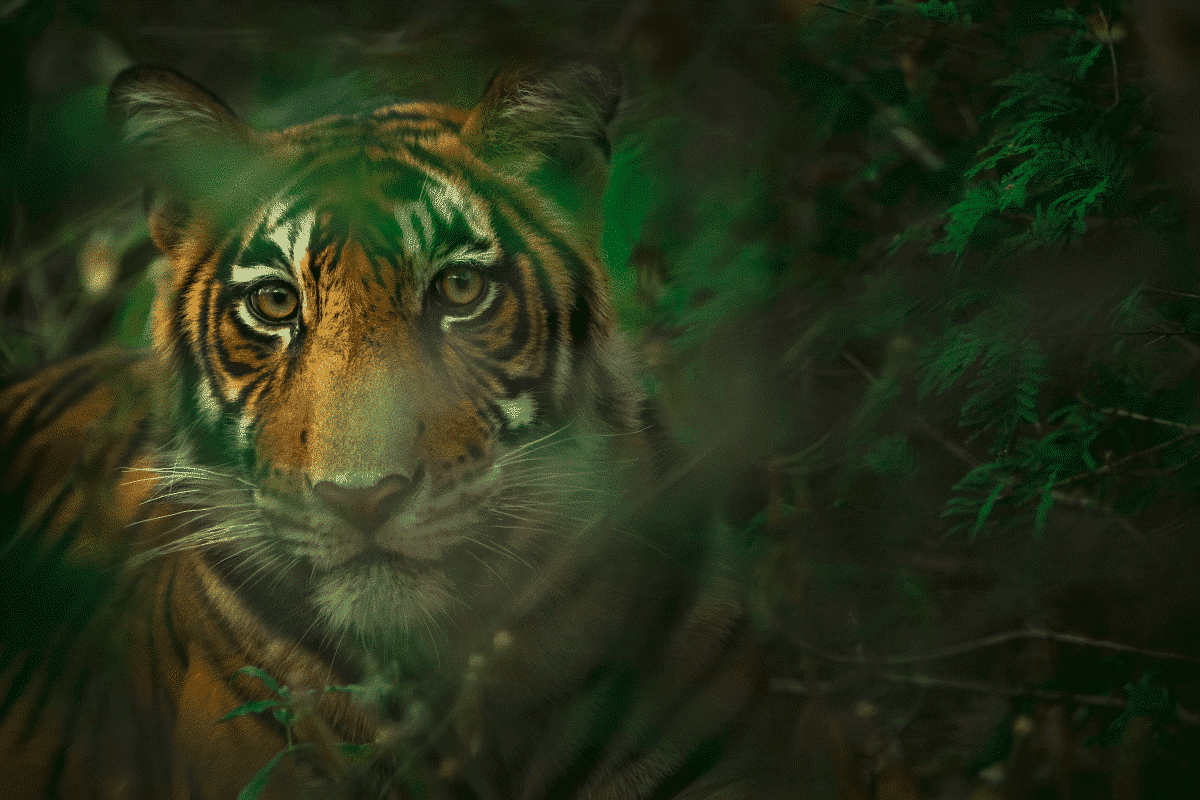
What is the difference between a Bengal tiger and a cheetah?
Bengal tigers and cheetahs differ in many ways, including physical characteristics, behavior, and habitat. Bengal tigers are much larger and heavier than cheetahs, weighing up to 600 pounds compared to a cheetah’s maximum weight of around 140 pounds. Tigers are also known for their distinctive orange coat with black stripes, while cheetahs have tawny skin with black spots.
In terms of behavior, cheetahs are known for their speed and agility and are adapted to chase down prey over short distances. Conversely, tigers are ambush predators that use their strength and stealth to catch game by surprise. Tigers also thrive in various habitats, including forests, grasslands, and wetlands, while cheetahs are primarily found in open savannahs.
Which animal is a better hunter, a Bengal tiger or a cheetah?
Tigers and cheetahs are skilled hunters but use different tactics to catch their prey. Cheetahs are known for their incredible speed. They can run up to 75 miles per hour in short bursts to chase down prey like gazelles and impalas. However, cheetahs have relatively weak jaws and small teeth. This means they need to take down their game quickly before other predators like lions or hyenas can steal it.
Conversely, tigers are mighty animals that can take down much larger prey like deer, wild boar, and water buffalo. They use their strength and stealth to ambush their game from the cover of vegetation or trees. Therefore, making them effective hunters in various environments.
Are Bengal tigers and cheetahs endangered species?
Yes, Bengal tigers and cheetahs are endangered species facing many wild threats. Estimates suggest only around 3,900 wild tigers are left in the world, with habitat loss, poaching, and human-wildlife conflict among the biggest threats to their survival. Cheetahs also face steep declines in their populations, with only around 7,000 individuals remaining in the wild.
Habitat loss, hunting, and other factors like disease and genetic isolation contribute to cheetahs’ challenges. Efforts are underway to conserve both species, including habitat restoration, anti-poaching measures, and captive breeding programs. By supporting these efforts, we can help ensure that Bengal tigers and cheetahs continue to thrive in the wild for generations.
Wrapping Up with Bengal Tiger Vs. Cheetah
In conclusion, Bengal tigers and cheetahs are uniquely beautiful examples of our planet’s marvelous wildlife.
Although these two animals have some common characteristics, their vast differences give us insight into nature’s fantastic diversity. Set in different environments and given different habitats, they have adapted in distinct ways, making them even more remarkable.
Ultimately, it’s time we stop to appreciate the small moments of animals like cheetahs and Bengal tigers and recognize that they are here with us as part of a larger cycle of life and harmony – where biodiversity is critical for the balance of all species. It goes without saying: We must take steps now to conserve their unique beauty for generations to come.
Next up:
- Tiger Chained Up Her Whole Life Takes Her First Free Steps
- Cubs Meet Adult Tiger for the First Time
- Unveiling the Rhino Horn Crisis
- Bald Eagle Family Expand Their Nest In California - April 24, 2024
- Firefighter Saves Abandoned Kittens Found Cuddling In Hoses - April 24, 2024
- Dolphins Get High Playing Catch With A Pufferfish - April 24, 2024

